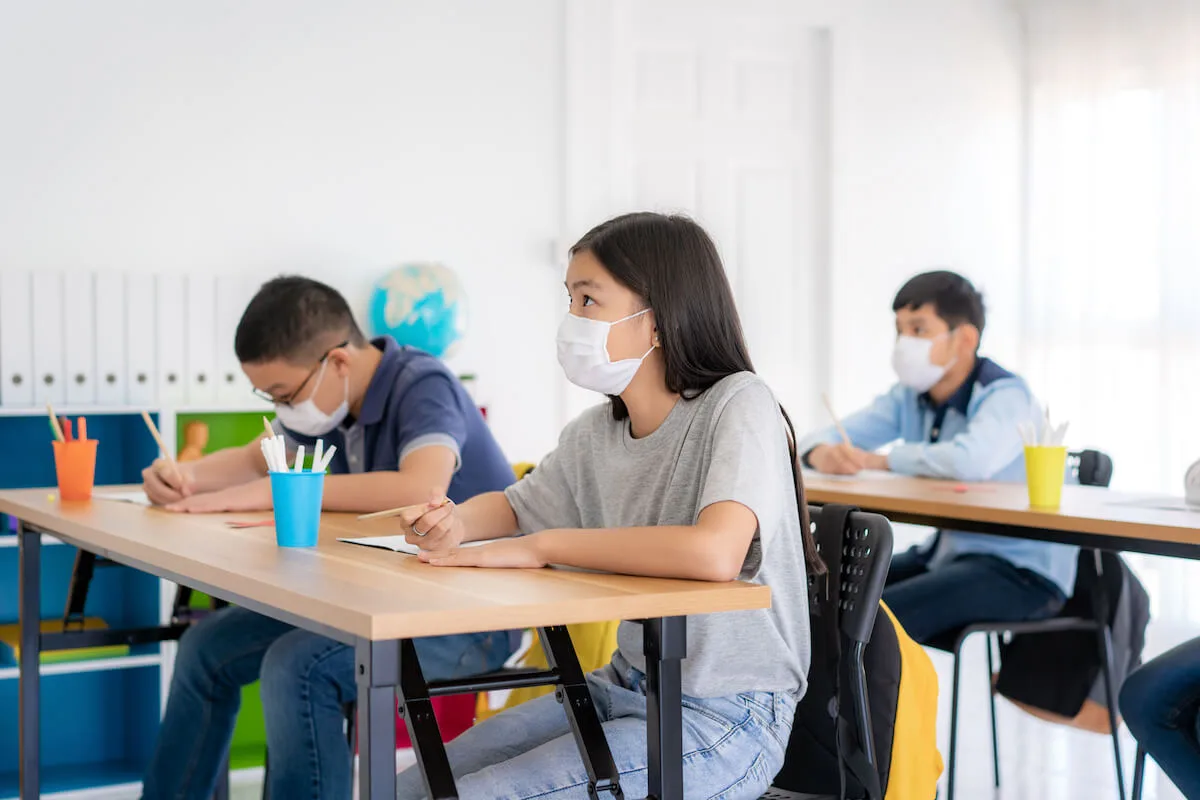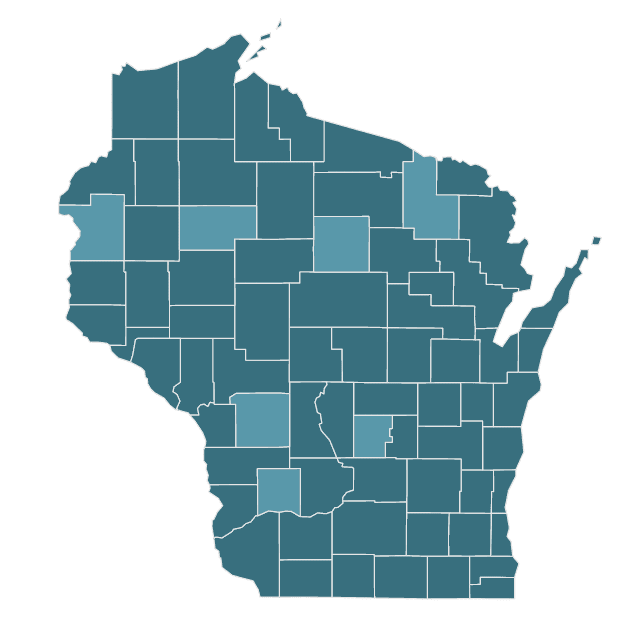
#image_title
Chances increased due to high level of community spread in the state.
Health officials offered a dose of reality Wednesday for parents, teachers, and students holding out hope that the school year will start and end with no closures due to an outbreak of the coronavirus in the brick-and-mortar setting.
“With the disease activity we are seeing (in Wisconsin), the reality is we will see outbreaks in schools once the school year starts,” said Traci DeSalvo, acting director of the state Department of Health Services’ Bureau of Communicable Disease.
In a few weeks, classes will resume in public schools and on college campuses across the state. College campuses within the UW System are offering a mix of virtual and in-person courses, but many students still plan to return to college dorms or apartments.
Most of the state’s largest public school districts, including Madison, Milwaukee, and Green Bay, are beginning the school year virtually. Other districts are offering parents the option for an in-person or virtual start.
On Wednesday, 65 of the state’s 72 counties were classified as having “high” levels of coronavirus activity, according to DHS data. That means there is a significant level of community spread of the virus occurring in those counties, which allows people to contract the virus even if they do not come into direct contact with another individual who is positive.
“Because we have high community transmission we can expect that there will be school outbreaks,” said Stephanie Smiley, interim administrator of DHS’s division of public health.

In light of this reality, the state released Guidelines for the Prevention, Investigation, and Control of COVID-19 Outbreaks in K-12 Schools in Wisconsin. The guidelines include preventative measures such as encouraging increased hand hygiene, wearing cloth masks while in class, and practicing social distancing.
The guidelines also detail how it will be up to local health officials working in conjunction with school administrators to decide when a COVID-19 outbreak within the school dictates halting classes.
Smiley said it could be possible, for example, if the outbreak occurs in a small classroom, to only quarantine the other students and the teacher rather than close the entire school. Larger, multi-class outbreaks would be treated differently, she said.
Compounding the situation is a shortage of testing supplies, with the state currently testing around 9,400 individuals per day. This is 25 percent below the goal set by Gov. Tony Evers in the Badger Bounce Back plan.
Smiley said there is a shortage of testing supplies not only in Wisconsin but across the nation. She said the decline could also be a reflection of the number of individuals seeking testing.
“We are actively trying to increase the capacity in Wisconsin in light of what we are anticipating (with schools and college campuses opening),” Smiley said.
She added the state is monitoring the situation.
“We definitely will need to look at our framework for how we prioritize tests should we find ourselves in a situation where the demand outruns our capacity,” she said.
Both Smiley and DeSalvo stressed the importance of residents staying vigilant by wearing face coverings and only leaving their homes for necessary trips as a way to decrease the number of outbreaks at schools and college campuses and maintain an adequate level of testing supplies.
“This is a good time to remind us all that our actions are interconnected,” DeSalvo said. “The decisions we each make about activities in our communities have an impact beyond ourselves, including on our school children, our teachers, and our school staff.”

‘A stunning public rebuke’: When voters had the choice, they rejected private school vouchers
On Election Day, voters in Colorado, Kentucky, and Nebraska squarely rejected private school choice ballot measures, demonstrating how much voters...

Wisconsin voters pass school district’s referendum for childcare center
There will be a new childcare center in Jackson County, thanks to voters and a rural school district. In the Lincoln School District - which is...

This rural WI school district has a creative idea to help the childcare crisis and school funding issues
But they’ll need ‘yes’ votes on Nov. 5 to make it work. When the dust settles on the Nov. 5 election, Wisconsin voters will have decided in nearly...

What a vote for a Republican legislator means for your public schools
Bills that attack public education in Wisconsin are in line with GOP efforts to make taxpayers support two parallel school systems, censor...




